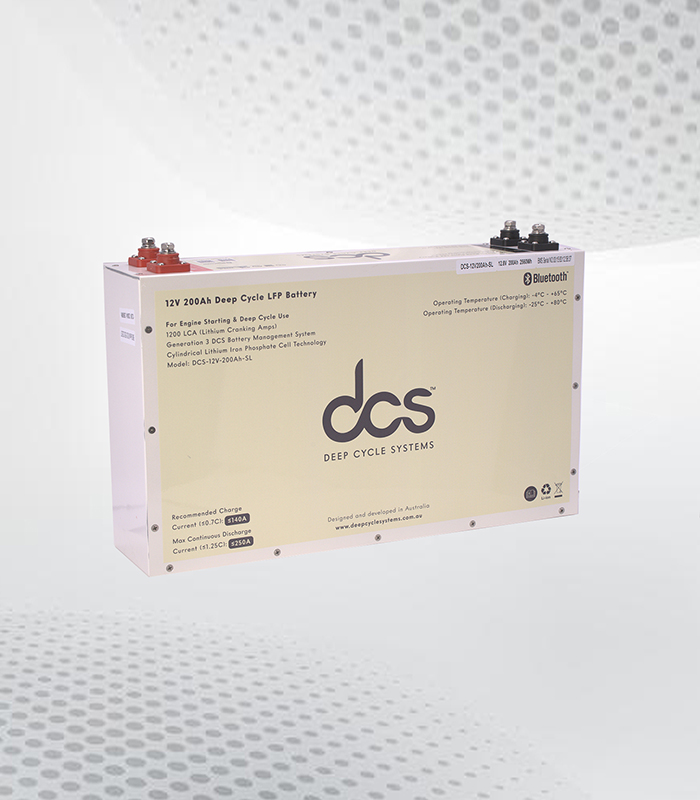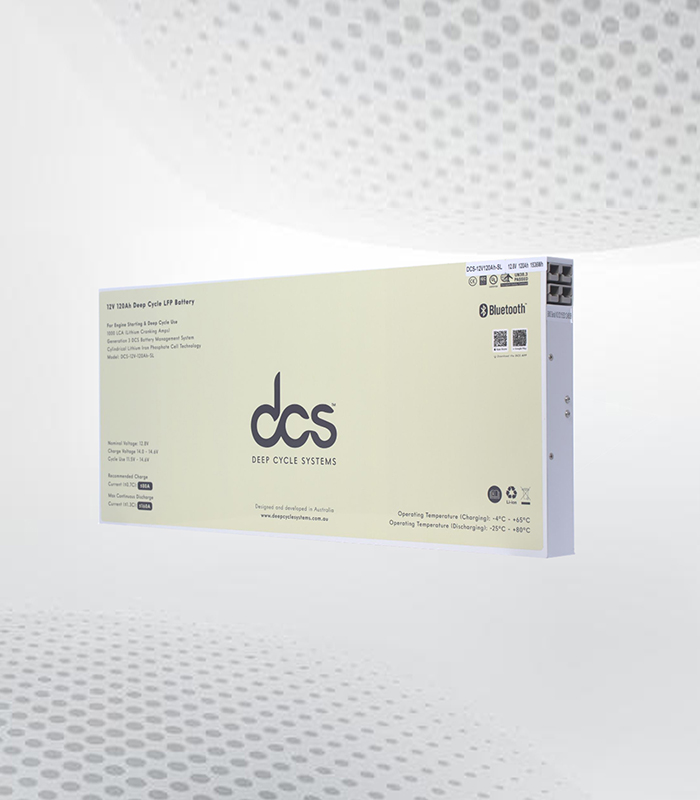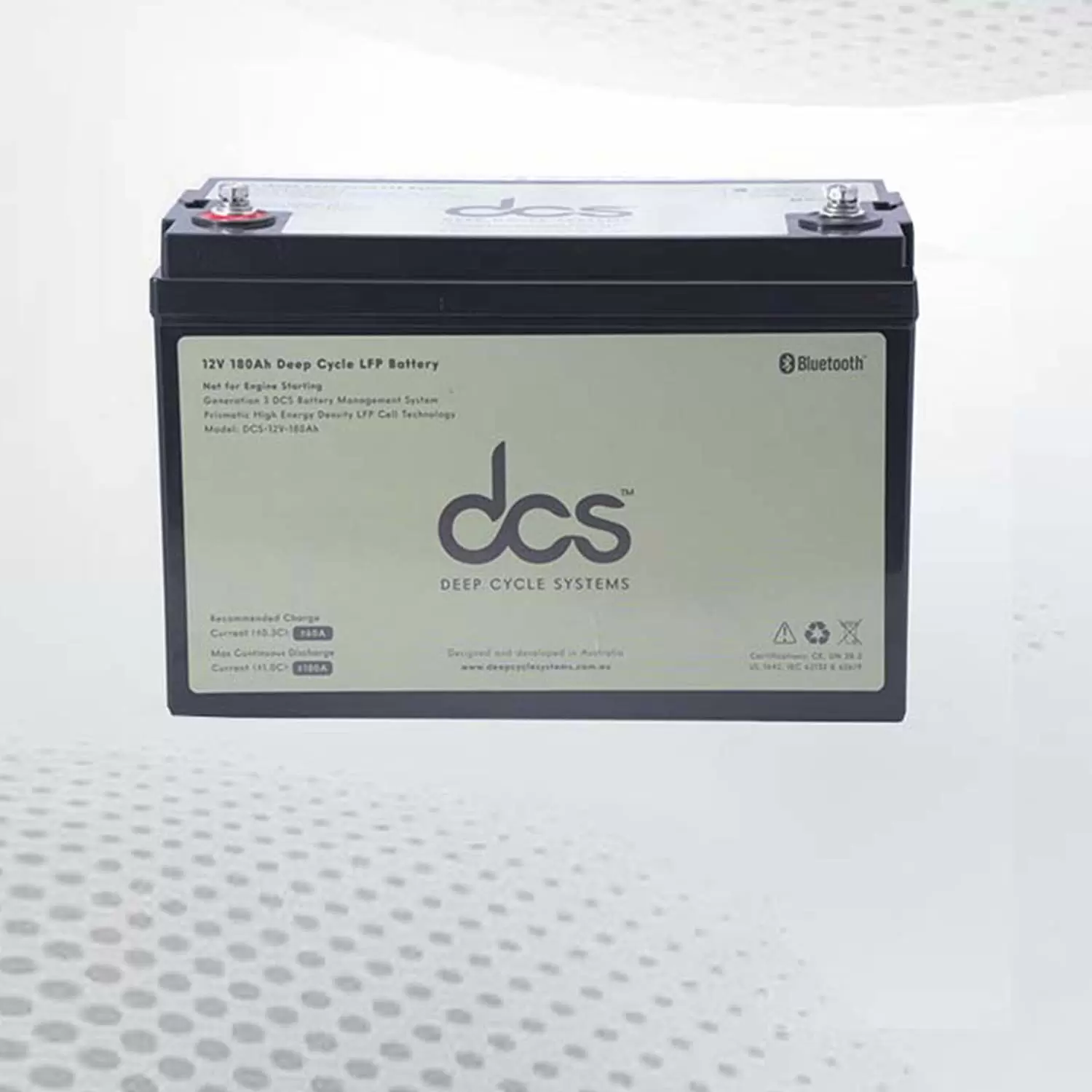Indoor air quality (IAQ) is an essential aspect of our health and well-being, often overlooked in favor of more visible home improvements. One effective way to enhance IAQ is by installing a heat recovery unit. These innovative systems work silently in the background, ensuring that the air you breathe is fresh, clean, and comfortable. This blog post will explore the importance of heat-recovery ventilation systems and how they contribute to better indoor air quality, energy efficiency, and overall comfort in your living space.
Understanding What a Heat-Recovery Unit Is and How It Works
A heat-recovery unit, often referred to as a heat-recovery ventilation unit (HRV), enhances indoor air quality and conserves energy. It functions by replacing stale indoor air with fresh outdoor air while minimizing heat loss. The key to its operation is the heat exchanger, where the outgoing, warm indoor air passes its heat to the incoming, cooler outdoor air. This process warms the fresh air before circulating through your home, maintaining a comfortable indoor temperature without wasting energy.
Heat-recovery units stand out because they deliver fresh air consistently without the energy drain associated with traditional ventilation systems. This means that even in colder months, you can enjoy fresh air without sacrificing the warmth and comfort of your indoor environment. These units are particularly valuable in tightly sealed modern homes where natural ventilation is limited, ensuring that air quality remains high without the inefficiencies of conventional methods.
The Role of Heat Recovery Ventilation Unit in Indoor Air Quality
Heat recovery ventilation unit is integral to maintaining and enhancing indoor air quality by exchanging stale indoor air with fresh outdoor air. This continuous exchange helps reduce the concentration of indoor pollutants, including dust, allergens, and volatile organic compounds (VOCs). These pollutants can accumulate over time, leading to potential health issues such as respiratory problems and allergic reactions. Another significant benefit of these units is their ability to control indoor humidity levels.
Excessive humidity can create an environment conducive to mound and mildew growth, further degrading air quality and posing health risks. Heat-recovery units help prevent such issues by managing moisture levels and ensuring a healthier living space. Heat-recovery units also contribute to a more comfortable indoor environment. These systems maintain a stable and comfortable indoor temperature by pre-warming the incoming air during colder months and pre-cooling it during warmer months.
This temperature regulation ensures that your home remains cozy without additional heating or cooling, enhancing overall comfort. Natural ventilation is often limited in modern, energy-efficient homes that are tightly sealed to conserve energy. This limitation can lead to poor air circulation and the buildup of indoor pollutants. Heat-recovery ventilation unit’s address this challenge by providing a consistent supply of fresh air while retaining the energy used for heating or cooling, making them essential for maintaining high indoor air quality in contemporary homes.
Comparing Different Types of Heat-Recovery Ventilation Systems
When considering a heat-recovery ventilation system, it’s essential to understand the various types available to match your specific needs. The three most common types include:
Heat-Recovery Ventilation (HRV)
Designed for colder climates, HRVs transfer heat from outgoing air to incoming fresh air, maximizing energy efficiency while maintaining comfortable indoor temperatures. This type is ideal for regions where heating is a primary concern.
Energy Recovery Ventilation (ERV)
ERVs are better suited for humid climates. In addition to transferring heat, they also manage moisture levels, making them perfect for areas where controlling humidity is crucial. ERVs help maintain a balanced indoor environment by preventing excess humidity from entering your home, which can lead to mound and mildew growth.
Balanced Ventilation Systems
These systems combine the benefits of HRV and ERV technologies, providing a balanced approach to ventilation. They maintain indoor air pressure equilibrium and optimize air quality regardless of the climate. This versatility makes balanced systems an excellent choice for homes in areas with varying seasonal weather conditions.
Each type of heat-recovery ventilation system has distinct advantages, and the best choice depends on your local climate, home design, and specific air quality requirements. You can ensure efficient energy use and maintain optimal indoor air quality year-round by selecting the appropriate system.
Energy Efficiency and Cost Savings with Heat-Recovery Units
Heat-recovery units offer significant energy efficiency by minimizing the loss of conditioned air. Unlike traditional systems that let warm air escape and bring in unconditioned air, heat-recovery units transfer heat between outgoing and incoming air streams, maintaining a consistent indoor temperature. This energy-efficient mechanism reduces the need for additional heating or cooling, leading to substantial cost savings on energy bills.
One key advantage is the ability of these units to recover up to 85% of the heat from the outgoing air, which means less energy is required to warm up incoming fresh air. This efficiency reduces the workload of your heating and cooling systems, which can extend their lifespan and reduce maintenance costs. In addition to the energy savings, homeowners can benefit from potential rebates and incentives from energy companies or government programs for installing energy-efficient systems.
Over time, the initial investment in a heat-recovery unit can be offset by the ongoing savings on utility bills, making it an economically wise decision. Moreover, because these units help maintain a stable indoor climate, they contribute to a more comfortable living environment year-round. Reducing the energy required to keep your home’s temperature saves money and contributes to a more sustainable and environmentally friendly household.
Key Components of a Heat Recovery Ventilation System
A heat recovery ventilation system comprises several essential components that work together to improve indoor air quality and energy efficiency. The heat exchanger is at the system’s core, where heat is transferred between outgoing and incoming air streams, ensuring minimal energy loss.
- Fans play a crucial role by moving stale indoor air out and drawing fresh outdoor air in. These fans are designed for efficient operation, ensuring a continuous air flow without significant energy consumption.
- Filters are another key component. They capture airborne particles, allergens, and other pollutants, ensuring that the incoming air is clean and healthy. High-efficiency filters are particularly effective in maintaining optimal air quality.
- The ductwork system is integral. It distributes fresh air throughout your home and removes stale air from various rooms. Properly designed ductwork ensures balanced airflow and effective ventilation in all areas of the house.
- Advanced control systems are often included, allowing homeowners to adjust airflow rates, monitor air quality, and set timers for optimal system performance. These controls make it easy to customize the ventilation to meet specific needs and preferences.
- Additionally, some systems incorporate humidity sensors to maintain ideal moisture levels, further enhancing comfort and air quality. By understanding these components, homeowners can better appreciate the functionality and benefits of heat-recovery ventilation systems.
Common Myths and Misconceptions about Heat-Recovery Units
Despite the many benefits of heat-recovery units, several myths persist that may deter homeowners from considering them:
Myth: Heat-recovery units are only beneficial in extreme climates.
Fact: These systems improve air quality and comfort in any environment, from hot and humid to cold and dry, by providing consistent ventilation and temperature regulation.
Myth: They are too noisy.
Fact: Modern heat-recovery ventilation units are engineered for quiet operation, often running at sound levels comparable to a whisper. This ensures they won’t disturb your indoor peace.
Myth: Installation could be more complex and disruptive.
Fact: While professional installation is recommended for optimal performance, the process is typically straightforward and can often be completed with minimal disruption to your home.
Myth: They require extensive maintenance.
Fact: Routine maintenance primarily involves simple tasks like changing filters and occasional checks on the system’s components. Compared to traditional HVAC systems, the upkeep is minimal and manageable.
Myth: They are prohibitively expensive.
Fact: Although there is an initial investment, the energy savings and potential rebates can make heat-recovery units cost-effective over time, often leading to a quick return on investment.
Addressing these misconceptions can help homeowners better understand the true value and practicality of heat-recovery units, encouraging more informed decisions about improving indoor air quality and energy efficiency.
Installation and Maintenance of Heat Recovery and Ventilation System
Professional installation of a heat recovery and Ventilation system is integrated seamlessly with your existing HVAC setup. An experienced technician will evaluate your home’s specific requirements, such as size, layout, and insulation levels, to recommend the most appropriate system. This assessment is crucial for optimizing both air quality and energy efficiency. The installation process involves connecting the heat-recovery unit to your home’s ductwork.
The technician will also calibrate the system to ensure balanced airflow and effective operation. While the installation can generally be completed with minimal disruption, choosing a professional with expertise in heat-recovery ventilation systems is essential to avoid potential issues down the line. Once your heat-recovery unit is installed, maintenance is relatively straightforward but vital for long-term efficiency. Regularly changing or cleaning filters is crucial for maintaining optimal air quality. Filters trap dust, allergens, and other pollutants; over time, they can become clogged, reducing the system’s efficiency.
Periodically inspecting the heat exchanger and fans is also important. The heat exchanger should be checked for any signs of wear or efficiency loss, while the fans should be monitored to ensure they are operating smoothly and quietly. Most manufacturers recommend an annual service by a qualified technician to check all components, ensuring the system runs efficiently year-round. With minimal but regular maintenance, your heat-recovery ventilation system can provide sustained benefits for many years.
Conclusion
A heat recovery unit enhances indoor air quality and energy efficiency in your home. By continuously exchanging stale indoor air with fresh outdoor air, these systems significantly reduce indoor pollutants, such as dust, allergens, and volatile organic compounds. They also manage indoor humidity levels to prevent mold and mildew growth, creating a healthier and more comfortable living environment for you and your family.
FAQs
Q: What are the signs that I need a heat-recovery unit?
A: Indications that you might benefit from a heat-recovery unit include persistent indoor air quality issues such as musty odors, frequent allergies, and high humidity levels that promote mound growth.
Q: How much does a heat recovery ventilation system cost?
A: The cost of heat recovery ventilation system varies based on the type of system and installation complexity, but you can generally expect to pay between $1,500 and $3,500. Energy savings and potential rebates often offset this investment.
Q: Can I install a heat-recovery unit myself?
A: While DIY installation is possible, professional installation is highly recommended to ensure optimal performance and efficiency. An experienced technician can properly integrate the unit with your existing HVAC system and calibrate it for balanced airflow.
Q: Are heat-recovery units energy-efficient?
A: Absolutely. Heat-recovery units are designed to minimize energy loss by transferring heat between outgoing and incoming air streams. This mechanism can lead to significant savings on your heating and cooling bills and reduce the workload on your HVAC system.
Q: How often do I need to maintain my heat-recovery unit?
A: Routine maintenance typically involves changing or cleaning filters regularly and conducting annual inspections by a qualified technician to ensure all components function efficiently. This simple upkeep helps sustain the system’s performance over time.




